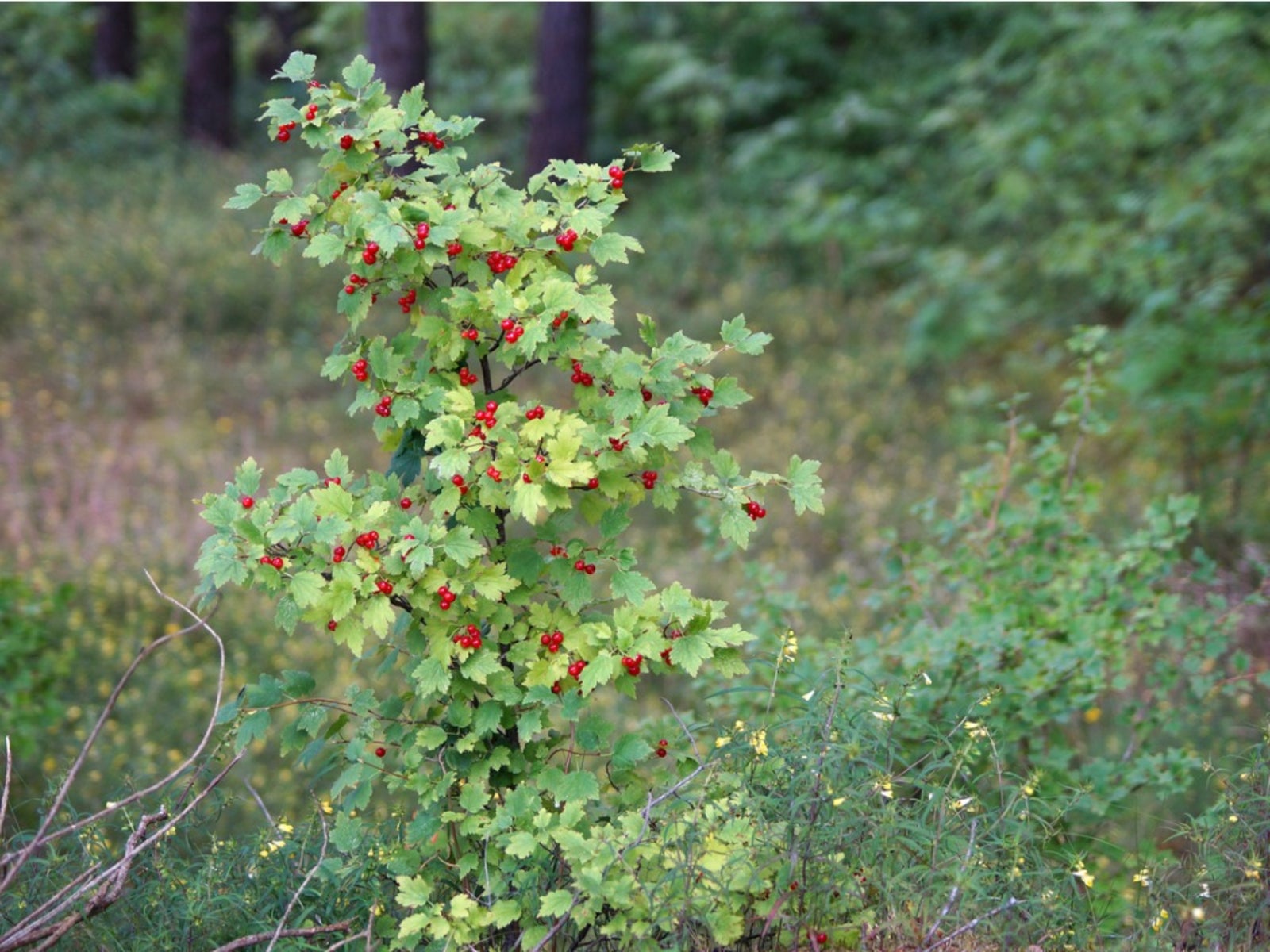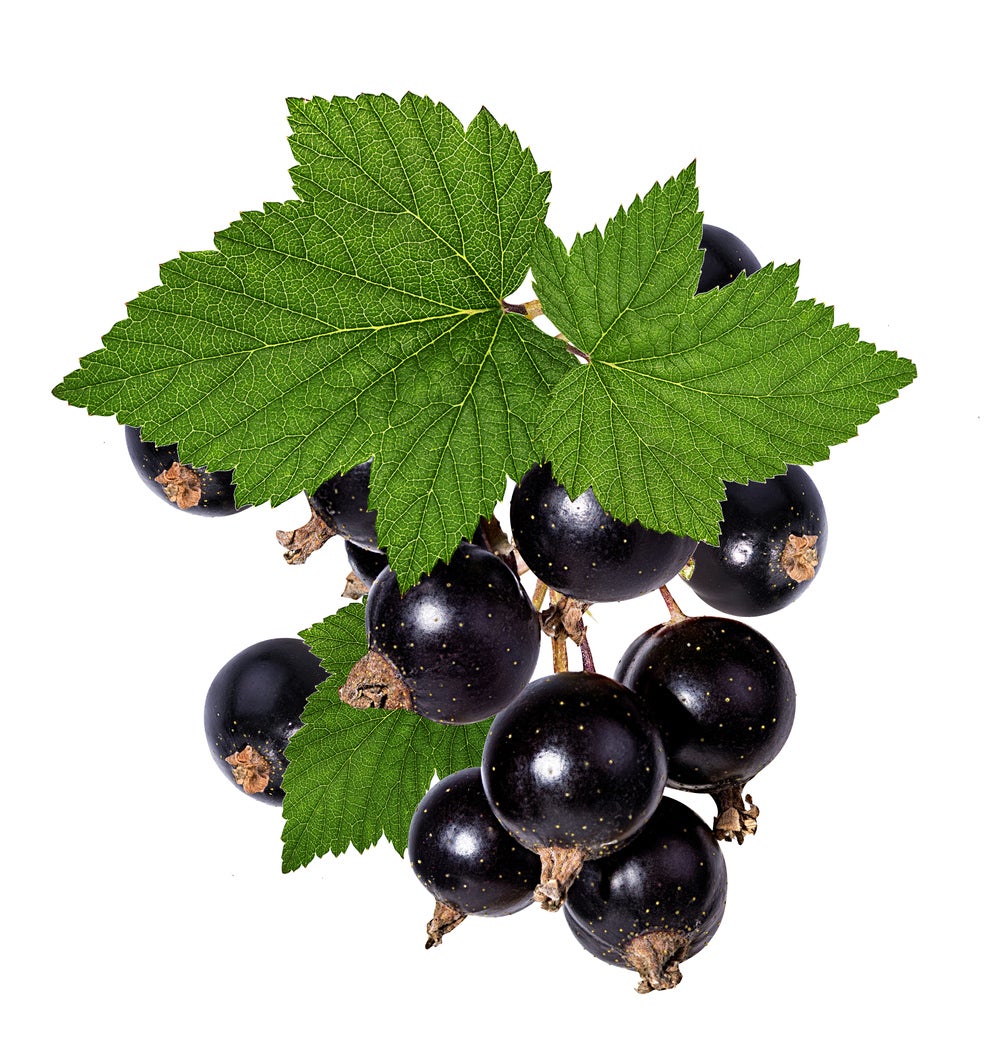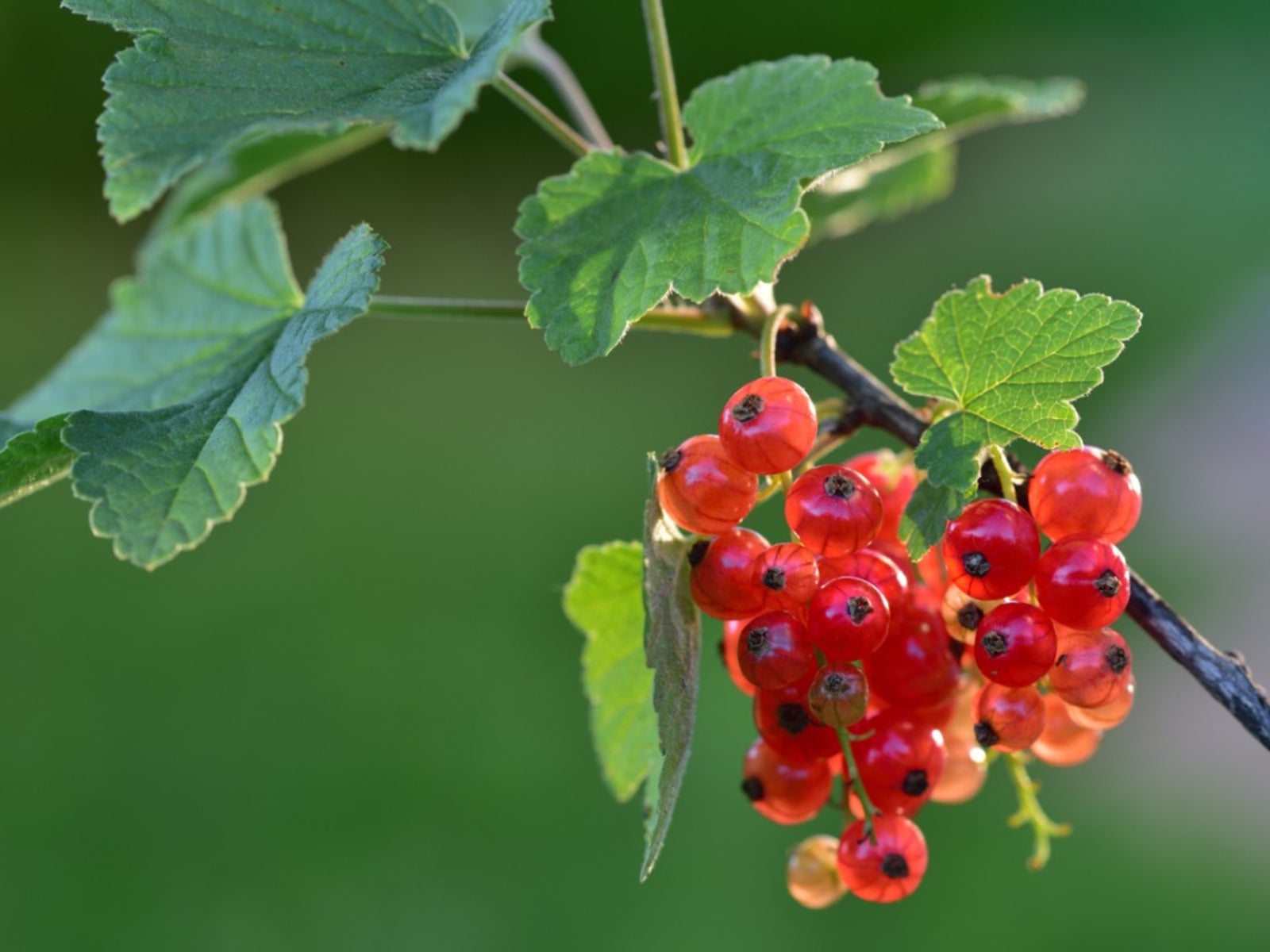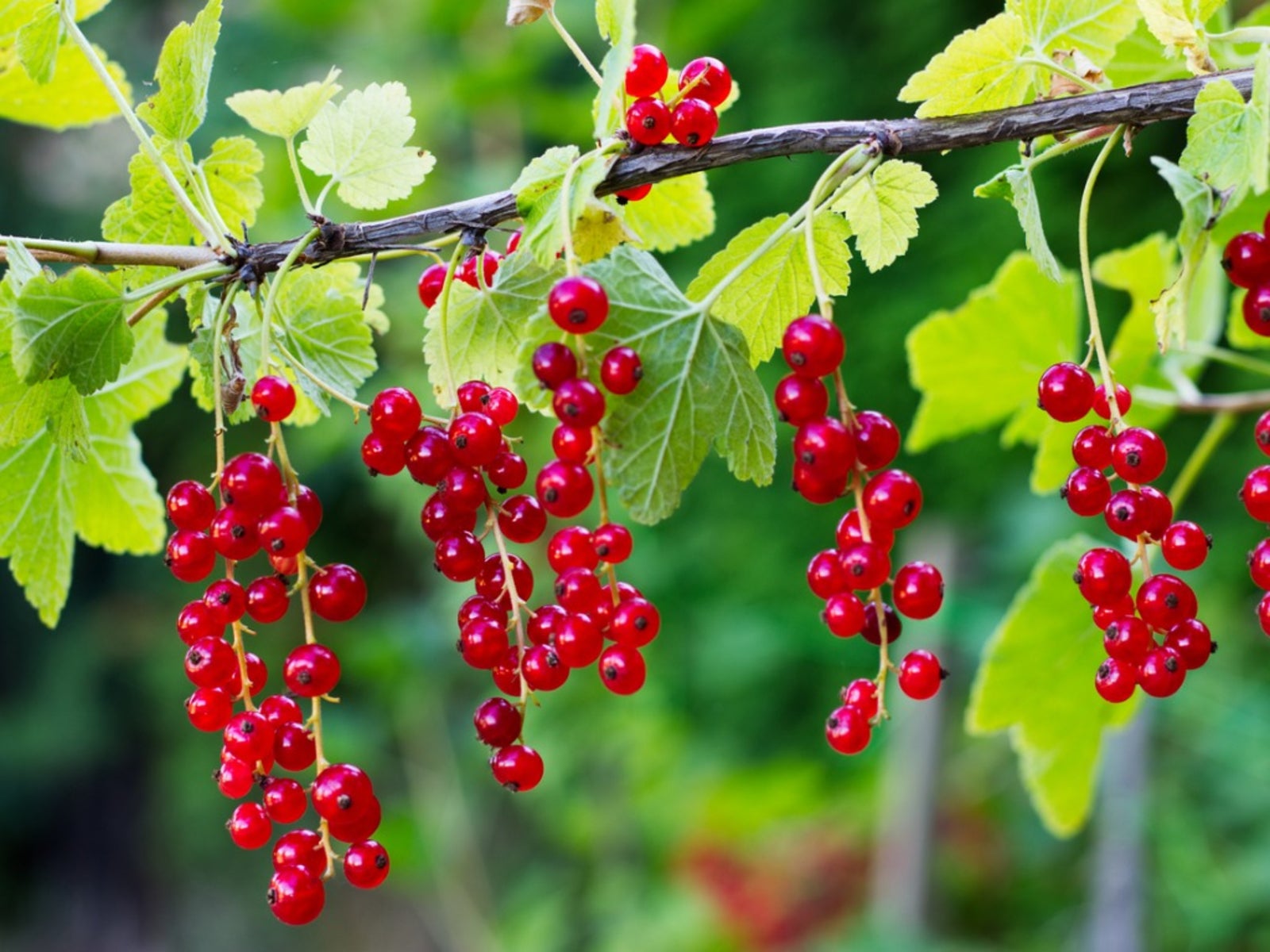Alpine Currant Info – Tips For Growing Alpinum Currants

If you’re looking for a low-maintenance hedge plant, try growing alpinum currants. What is an alpine currant? Read on to find out how to grow alpine currants and pertinent alpine currant info.
What is an Alpine Currant?
Native to Europe, alpine currant, Ribes alpinum, is a low-growing, low-maintenance plant with bright green foliage present throughout the summer. It is most often used as a hedging or border plant, often in mass plantings. It is hardy to USDA zones 3-7.
Alpine Currant Info
Alpine currants grow to a height of between 3-6 feet (just under a meter or two) and the same distance widthwise. There are both male and female plants, although males are more commonly found for planting. In the case of a female alpine currant, the shrub produces small, greenish-yellow flowers followed by rather inconspicuous red berries during midsummer.
Alpine currants are not prone to a lot of pests and diseases; however, anthracnose and leaf spot can be a problem. In some areas of the country, it is illegal to plant Ribes species, as they are alternate hosts for white pine blister rust. Prior to planting, check with your local extension office to see if this species is legal in your area.
How to Grow Alpine Currant
Alpine currants prefer full sun with moist, well-draining soil. That said, it is also possible to find alpinum currants happily growing in full shade in compacted, dry soil. Alpine currants are very adaptable and tolerate drought as well as a variety of soil conditions and sun exposures.
It is easy to maintain the desired size on these small bushes. They can be pruned any time of the year and tolerate even a heavy pruning.
There are a number of cultivars of this currant shrub available. ‘Aureum’ is an older cultivar that does best in a full sun exposure. ‘Europa’ can grow up to 8 feet (2.5 m.) in height but again can be restrained with pruning. ‘Spreg’ is a 3- to 5-foot (under a meter to 1.5 m) variety that is known to retain its leaves throughout the seasons.
Gardening tips, videos, info and more delivered right to your inbox!
Sign up for the Gardening Know How newsletter today and receive a free copy of our e-book "How to Grow Delicious Tomatoes".
Smaller dwarf cultivars such as ‘Green Mound’, ‘Nana’, ‘Compacta’, and ‘Pumila’ require little pruning, as they maintain a height of only around 3 feet (just under a meter) height.

Amy Grant has been gardening for 30 years and writing for 15. A professional chef and caterer, Amy's area of expertise is culinary gardening.
-
 Types Of Tomatoes Explained: Explore The Many Wonderful Shapes, Colors, Flavors, & Best Uses
Types Of Tomatoes Explained: Explore The Many Wonderful Shapes, Colors, Flavors, & Best UsesThe world of tomato varieties is vast and fascinating. Learn about the key types to grow in your garden, tailored to your preferences and space.
By Amy Grant
-
 Try The Trend – Turn Any Bed Into A Keyhole Garden With This Clever In-Ground Composter
Try The Trend – Turn Any Bed Into A Keyhole Garden With This Clever In-Ground ComposterKeyhole gardening is an efficient and sustainable practice that saves space. Get started on this DIY project quickly and easily with an in-ground composter.
By Bonnie L. Grant
-
 Black Currant Leaf Uses: What Are Black Currant Leaves For
Black Currant Leaf Uses: What Are Black Currant Leaves ForAlthough the plant is grown for its small black berries, black currant is also highly valued for the leaves, which are said to have great value as a medicinal herb. What are black currant leaves for? Learn about the many black currant leaf uses in this article.
By Mary H. Dyer
-
 Currant Shrubs: Learn How To Grow Currants In Gardens
Currant Shrubs: Learn How To Grow Currants In GardensOrnamental as well as practical, currants are an excellent choice for home gardens in northern states. By reading the following article, you will gather tips on growing currant berries of your very own.
By Jackie Carroll
-
 Currant Pruning - How To Prune A Currant Bush
Currant Pruning - How To Prune A Currant BushCurrant pruning is one of the key maintenance chores related to cultivation of the berry. You can learn more about when and how to prune currant bushes in this article. Click here for more info.
By Bonnie L. Grant